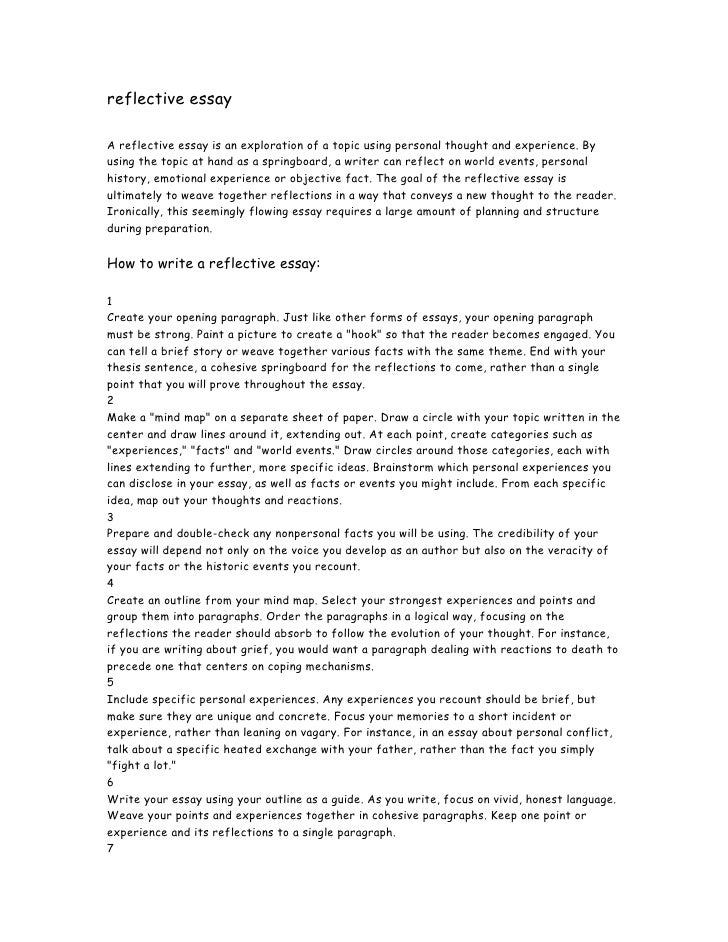

When there is a difference between the components through which the light travels, it is reflected.

The reflection of light that happens when the reflecting surface is exceptionally smooth is known as specular or regular reflection. Depending on the nature of the interface, light reflection is either intense or diffuse. The angle at which the wave is encountered on the surface equals the angle at which it is reflected, as per the law of reflection. Light, music and water waves are all instances of reflection. At plane boundaries, regular reflection occurs according to a simple law.Īt an interface between two different media, reflection is the change in direction of a wavefront so that it returns to the medium from which it originated. At least a proportion of the approaching wave disturbance is restrained within the same medium. Reflection of light definition (reflection definition) and reflection meaning: A wave's propagation direction rapidly changes as it reaches the boundary between two mediums. What is reflection of light? What is meant by reflection of light? / What is regular reflection? When the light is incident on the interface between two media, it is partly reflected and partly refracted.

Violet light has the shortest wavelength and red light has the longest wavelength among visible light.The wavelength and frequency of various colors of light differ.Since the light is in the form of waves, it is characterized by a wavelength and a frequency which are related by the following equation, c=υλ.The velocity of the light in a vacuum is, c=3×108 ms-1.It can even travel through a vacuum or air. The propagation of light does not necessitate the use of a medium.Light always travels as a straight line.They bend at the interface of two different media and can also be bent in a medium with a changing refractive index. In a homogenous medium, light beams are straight. The speed of light in a vacuum is presently estimated to reach around 300,000 km/s.Ī light rays is a perpendicular to light wavefronts straight or curved line whose tangent is collinear with the wave vector. Armand Fizeau was the first to make a land-based estimate in 1849. He calculated that the speed of light is around 220,000 kilometers per second. Ole Roemer, a Danish astronomer, calculated the speed of light in 1665 by viewing one of Jupiter's twelve moons.

Galileo Galilee (1564-1642), an Italian scientist, attempted to estimate the speed of light in the early seventeenth century. When light strikes matter, a portion of it is absorbed and converted into heat energy. Light can be absorbed, transmitted, reflected, and scattered in a variety of ways. When light comes into touch with water, air, or other substances, however, it reacts in a number of ways. When there is no matter present, such as in deep space, light goes straight. Polarization can be used to demonstrate the transverse nature of light. Light, like other electromagnetic waves, can traverse a vacuum. Experiments on diffraction and interference were the first to demonstrate the wave character of light. Humans can perceive light, which is a transverse electromagnetic wave. It reaches out from the vastness of the universe into our everyday lives.


 0 kommentar(er)
0 kommentar(er)
